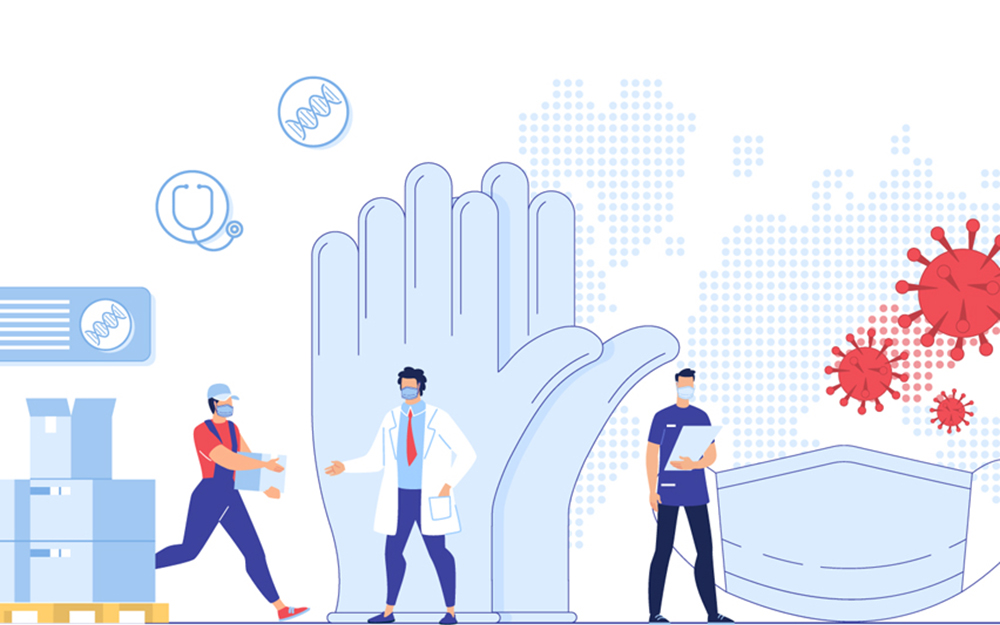May 1, 2021
by: Kenneth Dekleva
Share this Article
President Biden’s recent nomination of Dr. Stacey Dixon as the Principal Deputy Director of National Intelligence is historic. She is an exemplary leader who holds a doctorate in engineering and has extensive experience in national security technology, highlighting the Biden administration’s desire to place technology at the lead of intelligence gathering and national security. America is in a technology race, where it confronts formidable adversaries such as China, Russia, North Korea and Iran who espouse hybrid warfare, whole-of-government approaches and aggressive drives, such as “Made in China 2025,” to dominate novel technologies — artificial intelligence (AI), robotics, hypersonic weapons, quantum computing, biomedicine and machine learning.
In this space of technological developments, and in spite of its incredible advances since World War II — with a plethora of Nobel Prizes and pioneering innovation to boot — American academic medicine heretofore has taken a back seat to other emerging fields in national security. There are some exceptions, and they are worth noting. For example, the COVID-19 vaccine’s mRNA technology — developed by Moderna, a Defense Advanced Research Projects Agency (DARPA) awardee — began its research forays in the mid-2000s as a DARPA-based program led by Dr. Michael Callahan, under the rubric of a rapid vaccine development program. Other contemporary DARPA programs to deal with battlefield trauma, led by pediatrician and retired Adm. Brett Giroir, solidified novel advances in military trauma medicine.
And the list goes on — way beyond DARPA’s well-known invention of the internet, drones, satellites and other technologies.
American medicine, particularly in academia, has been slow to take advantage of the impact of novel technologies in medical care such as mobile health, telemedicine, remote monitoring and “deep medicine” analytics, as popularized by Dr. Eric Topol in his book, “Deep Medicine.” Medicine has a legacy of thousands of years of caring for patients — embodying empathy, observation, measurement and the power of human touch. But imagine a 21st-century medicine that combines the power of remote technological monitoring and deep AI analytics, along with human sensitivity, wisdom and judgment. To bring this vision about, American medicine needs its own DARPA.
As Dr. Daniel Barron points out in his new book, “Reading Our Minds: The Rise of Big Data Psychiatry,” our generation faces the supreme challenges of applying such technologies to the brain and to the disciplines of behavior and mental health. The last great challenges of 21st-century medicine lie in the workings of the mind and the brain. Moreover, such challenges are testing the social and psychological fabric of societies, as we witnessed during the COVID-19 pandemic.
While online screening tools exist to ask patients about their depression, anxiety and suicidal thinking, technologies also exist to trace how we express ourselves online, how social we are, where we go and how long we stay there. Companies in the U.S., Canada, Israel, Europe and China are developing such technologies. The future has arrived and represents a convergence of ideas among venture capitalists, private equity investors, Hollywood, neuroscience, AI/technology developers and consumers (including patients).
With such technology at their fingertips on their 5G smartphones, consumers and patients from anywhere in the world can monitor their health and well-being and use big data, deep learning algorithms, and online consultation with AI apps and medical professionals, where needed, to care for themselves and their loved ones. “Self-care” is nothing but care of the self, and this is more true than ever as more drugs — including psychiatric medications — become available over the counter. This gives dignity and autonomy back to patients, where it belongs. And such technology changes the dynamic, over 2,000 years old, between patient and healer. As Dr. Francis Peabody wrote in 1927, “The secret of the care of the patient is in caring for the patient.”
But the greatest benefit of American medicine having its own DARPA lies in its portability. While DARPA has a singular culture — one that rewards brilliance, hard work, achievement and also failure — it is a uniquely American enterprise. But it’s also an enterprise whose products can be exported and shared with other countries, helping to stem pandemics and crippling diseases such as heart disease, cancer, AIDS, stroke, dementia, traumatic brain injury, substance abuse, psychosis and depression.
American medicine, the finest in the world, can partner its technological leadership globally with mobile health and novel technologies to showcase its leadership, beneficence and greatness to the entire world. That can be its 21st-century legacy. It awaits American medicine’s embrace of innovation, private-public partnerships and a novel vision — similar to DARPA — of today’s students and new graduates shaping a better, different tomorrow. The game is afoot; let us not delay.
Kenneth Dekleva is a senior fellow with the George H. W. Bush Foundation for U.S.-China Relations. The views expressed in this publication are solely those of the author and do not necessarily reflect the views of the George H.W. Bush Foundation for U.S. China Relations.

